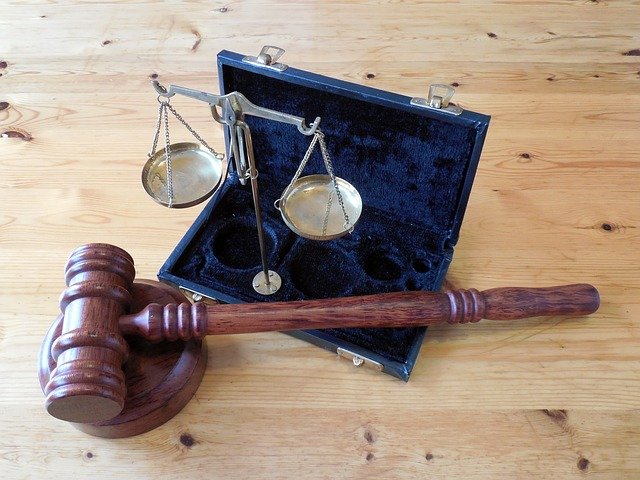
The well known Lotus biscuit
Case T‑1096/23 Lotus Bakeries vs EUIPO
The Case T‑1096/23 Lotus Bakeries vs EUIPO , the General Court (First Chamber) has affirmed the previous case law that colour combinations presented without distinctive character are unlikely to be registered unless inherent or acquired distinctiveness is clearly established. The radio behind this decision is the public interest that it prevents monopolization of common colour unless if inherent or acquired distinctiveness is proved to exist .
The central issue that the General Court had to determine whether a combination of two colours (red and white), presented without any contours could possess sufficient distinctive character to be registered as a trade mark.
Facts of the Case
In this case , the applicant, Lotus Bakeries NV, filed an application on 22 February 2022 for an EU trade mark consisting of a combination of the colours red (Pantone 186 C) and white, applied “in every conceivable form,” covering goods in Class 30, including biscuits, spreads, and waffles.
The depiction of the trademark is shown below,

On 24 February 2023, the EUIPO examiner refused the application, the ground that it was devoid of any distinctive character. (paragraph 4)
The applicant appealed the refusal on 4 April 2023. The Board of Appeal dismissed the appeal holding that the mark lacked distinctive character because the colours were presented without any specific spatial arrangement and were commonplace in the relevant market .In particular the Board of Appeal essentially rejected the application for registration on the ground that the use of the colours red and white was common in the market concerned and that their combination did not enable the relevant public to perceive the sign applied for as an indication of commercial origin.
The applicant brought an action before the General Court seeking annulment of the Board of Appeal’s decision. (paragraph 15)
In order to support his claim that his multi-coloured mark possessed distinctive character, the applicant referred to the case C-104/01 Libertel Groep BV v Benelux-Merkenbureau. In Libertel, the Court examined whether a single colour in that case, orange (Pantone 144), could be registered as a trade mark for telecommunications services. The Court clarified that a colour per se, without shape or contours, is not inherently distinctive, but may acquire distinctiveness through use. It also underlined that the graphic representation of such marks must be clear and precise. This judgment laid the foundation for assessing both single-colour marks and colour combinations, especially regarding their ability to indicate commercial origin. The applicant argued that the Board of Appeal had misapplied this case-law by treating his own mark consisting of alternating red and white stripes in a specific arrangement as if it were a mere single-colour mark, and by applying to it the stricter criteria meant for such cases. However, the General Court rejected this argument, holding that there was no misinterpretation or misapplication of Libertel. On the contrary, it found that the Board had correctly applied Libertel as well as other relevant case-law such as C-49/02 Heidelberger Bauchemie which also concerns colour combinations. According to this case-law, for a multi-coloured mark to possess distinctive character, the arrangement and combination of the colours must be capable of immediately and automatically being perceived by the relevant public as an indication of commercial origin.
The General Court decided on the central issue that the colour combination was not sufficiently unusual or distinctive to function as a trade mark in the relevant sector and that In the absence of a specific arrangement or pattern, consumers would perceive the colours as decorative rather than as an indication of commercial origin. The General court also said that the mere use of a colour combination on packaging does not create inherent distinctiveness without evidence of acquired distinctiveness, which was not demonstrated by the evidence.
Related articles
The “METAMASK” Case R 1657/2024-1

The "Metaverse Drinks" case R 2356/2022-2

The Nightwatch case. R 1241/2020-4

Trademarks and Types of Trademarks

Opposing an Application to Register a Cyprus Trademark

Expiration of Cyprus trademarks

Passing Off &Trademarks Infringement Actions

"Laws are the sovereigns of sovereigns.”
– Louis XIV
© Copyright MICHAELIDOU & CONSTANTINOU L.L.C
